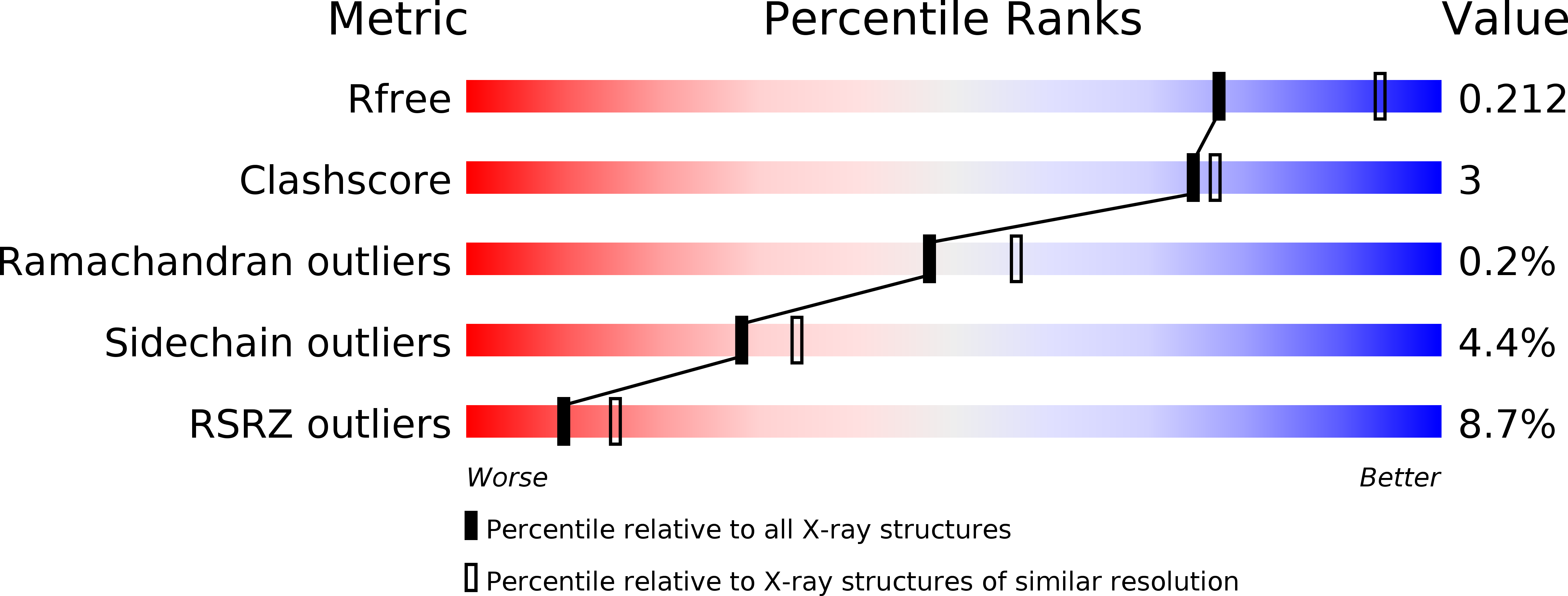
Deposition Date
2004-10-25
Release Date
2004-11-09
Last Version Date
2024-10-16
Entry Detail
PDB ID:
1XU2
Keywords:
Title:
The crystal structure of APRIL bound to BCMA
Biological Source:
Source Organism:
Mus musculus (Taxon ID: 10090)
Homo sapiens (Taxon ID: 9606)
Homo sapiens (Taxon ID: 9606)
Host Organism:
Method Details:
Experimental Method:
Resolution:
2.35 Å
R-Value Free:
0.21
R-Value Work:
0.17
R-Value Observed:
0.18
Space Group:
P 61


